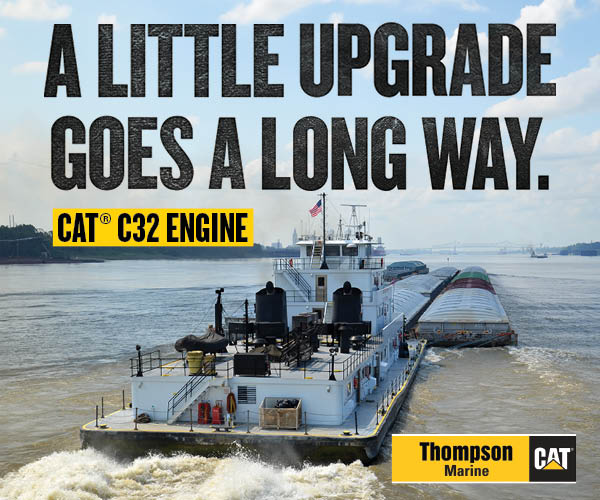Editorial
Corps Reports: the New Business as Usual
The Corps of Engineers recently published some important reports. On January 28 the Corps published the results of a two-year $20 million study – the North Atlantic Coast Comprehensive Study (NACCS). As the study says “Hurricane Sandy made us acutely aware of our vulnerability to coastal storms and the potential for future more devastating events due to changing sea levels and climate change.”
The changes in the environment and changes needed to meet them represent a paradigm shift for the Corps of Engineers. Similarly communities are striving for more than sustainable development; they are striving towards resiliency which is more focused on the risks faced because of location and climate adaptation. We have seen how vulnerable our coasts have become.
The NACCS goals include providing a risk management framework consistent with the National Oceanic and Atmospheric Administration; support resilient coastal communities; and manage the risk to vulnerable populations property ecosystems and infrastructure.
According to the report “Resilience as defined by the Infrastructure Systems Rebuilding Principles (established by NOAA and USACE) is the ability to adapt to changing conditions and withstand and rapidly recover from disruptions due to disasters.”
The report tries to give communities a framework built upon storm related science to reduce the risk from natural disasters. Hurricane Sandy was a wake up call for the Corps of Engineers in terms of our vulnerability along the coast to severe storms so the report as it states is an attempt not to return to “business as usual.”
This “new normal” as defined by the Corps of Engineers is directly related to climate change. The vulnerabilities we face on the coast are because of our changing climate. Yet many in our government those who fund our infrastructure changes do not recognize climate change as sound science. That needs to change.
The new normal of the report also recognizes that many areas need further study including the Rhode Island and Connecticut coastlines New York–New Jersey Harbor and Tributaries Nassau County Back Bays New York New Jersey Back Bays Delaware Inland Bays and Delaware Bay Coast the City of Baltimore Maryland the District of Columbia and the City of Norfolk Virginia.
Also to assess the future of water resource infrastructure projects Section 7001 of the Water Resources Reform and Development Act (WRRDA) 2014 requires that the Secretary of the Army annually submit a report to Congress. The report published in February looks at feasibility reports proposed feasibility studies and proposed modifications to authorized projects or studies.
Of the 115 proposals received 59 were proposals for new feasibility studies 53 were proposals for modification to existing projects or changes to legislation and two were completed feasibility reports that are currently undergoing Corps of Engineers review. But of these 114 proposals only 19 met the criteria and are listed in the annual report.
The report said that many proposals had inconsistencies in the cost projections which need to be better standardized to make proper assessments. The proposals included inconsistencies in how the costs were determined; some had feasibility costs only and some included construction costs; or some included only the federal portion of the cost. The Corps is obviously looking for non-federal partners who are willing to share part of the costs.



